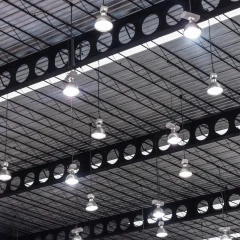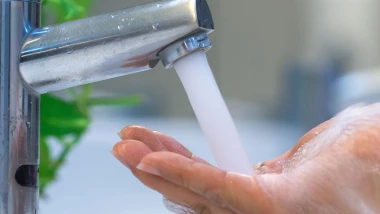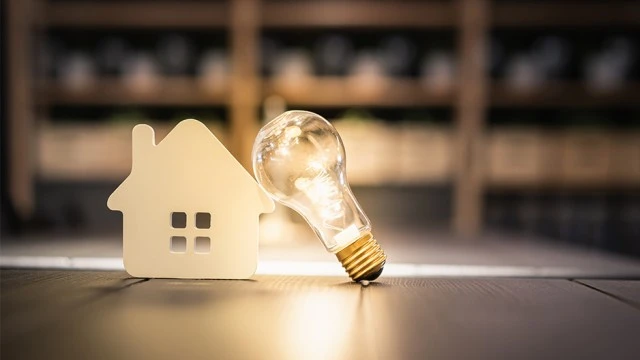Energy efficiency is easy
Saving energy at home is a no brainer – you’ll tread lighter on the environment and spend less while you’re at it.

Saving energy at home is a no brainer – you’ll tread lighter on the environment and spend less while you’re at it.
Whether you're running a business or managing a household, using energy more efficiently is one of the easiest ways to cut costs and get the most out of every kilowatt. We're here to give you the power with tools, tips and tech that put you in control.

Spend less and tread lighter on the environment. Here's a bunch of practical tips and tools to make it happen.

Imagine your EV helping power the country and lining your pocket at the same time. We’re testing tech that could make it happen.

Reduce your energy costs without lifting a finger with a $10 monthly credit on our Smart Hot Water programme.

As you hop out of the shower and grab a towel off the heated rail tomorrow morning, take a moment to consider whether...

If you have an action plan for planned outages, you can also use it for unexpected power outages! Being prepared starts...

There are plenty of reasons why your power bills are sometimes higher than usual. And being prepared for the inevitable...

Let’s unpack the electricity industry, look at the key players, and understand the various power supply sectors. Like...

Find out how to improve the energy efficiency of your fridge, freezer, oven, heat pump and hot water cylinder.

Here’s a few practical tips and tools to help you save power around the house.
If you own a home and have a Community Services or SuperGold card, you could be eligible to get government funding for heating and insulation through the Warmer Kiwi Homes grant.
If you receive a benefit or superannuation, you’ll automatically receive a Winter Energy Payment during the winter months to help pay the power bill.